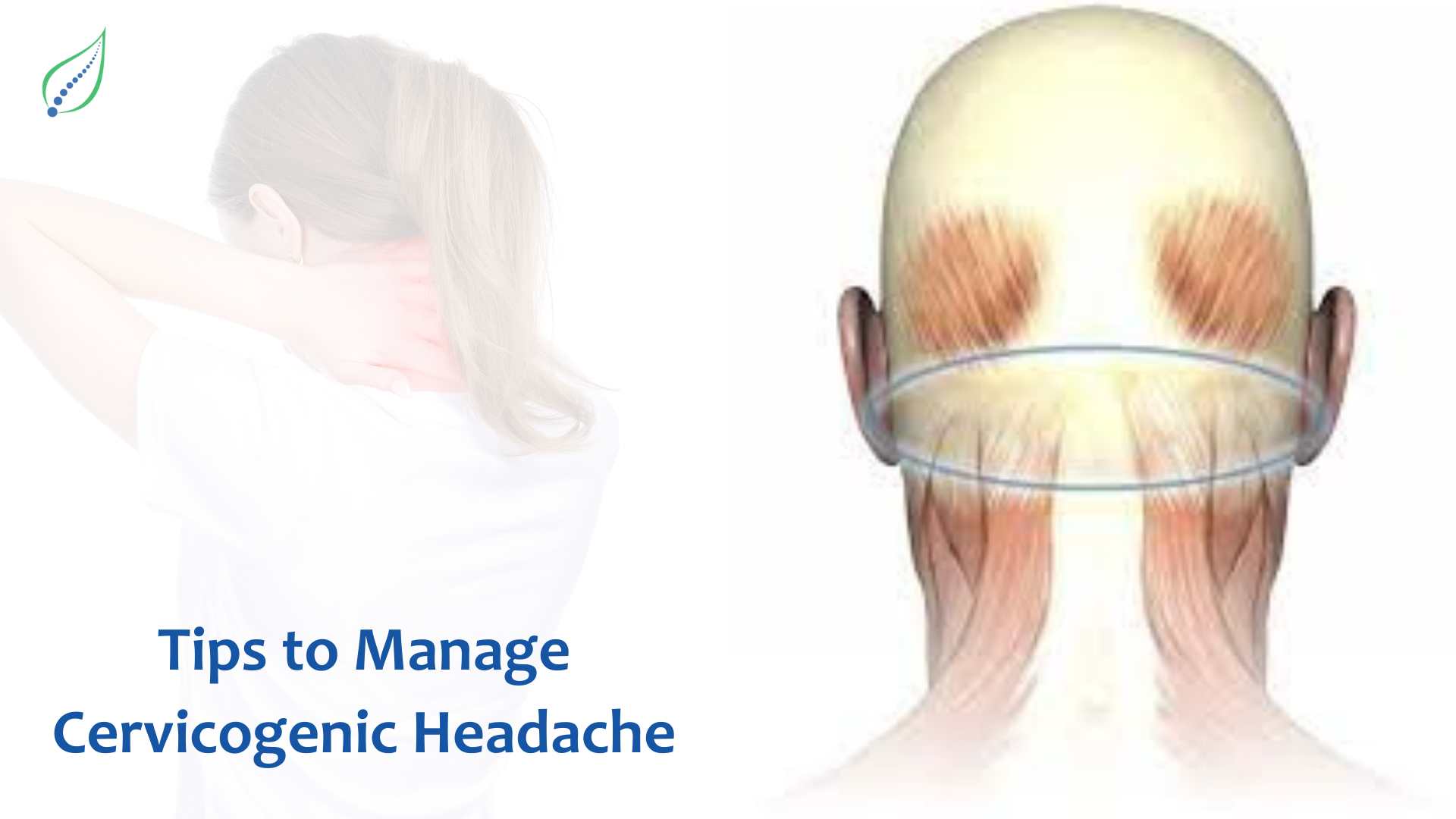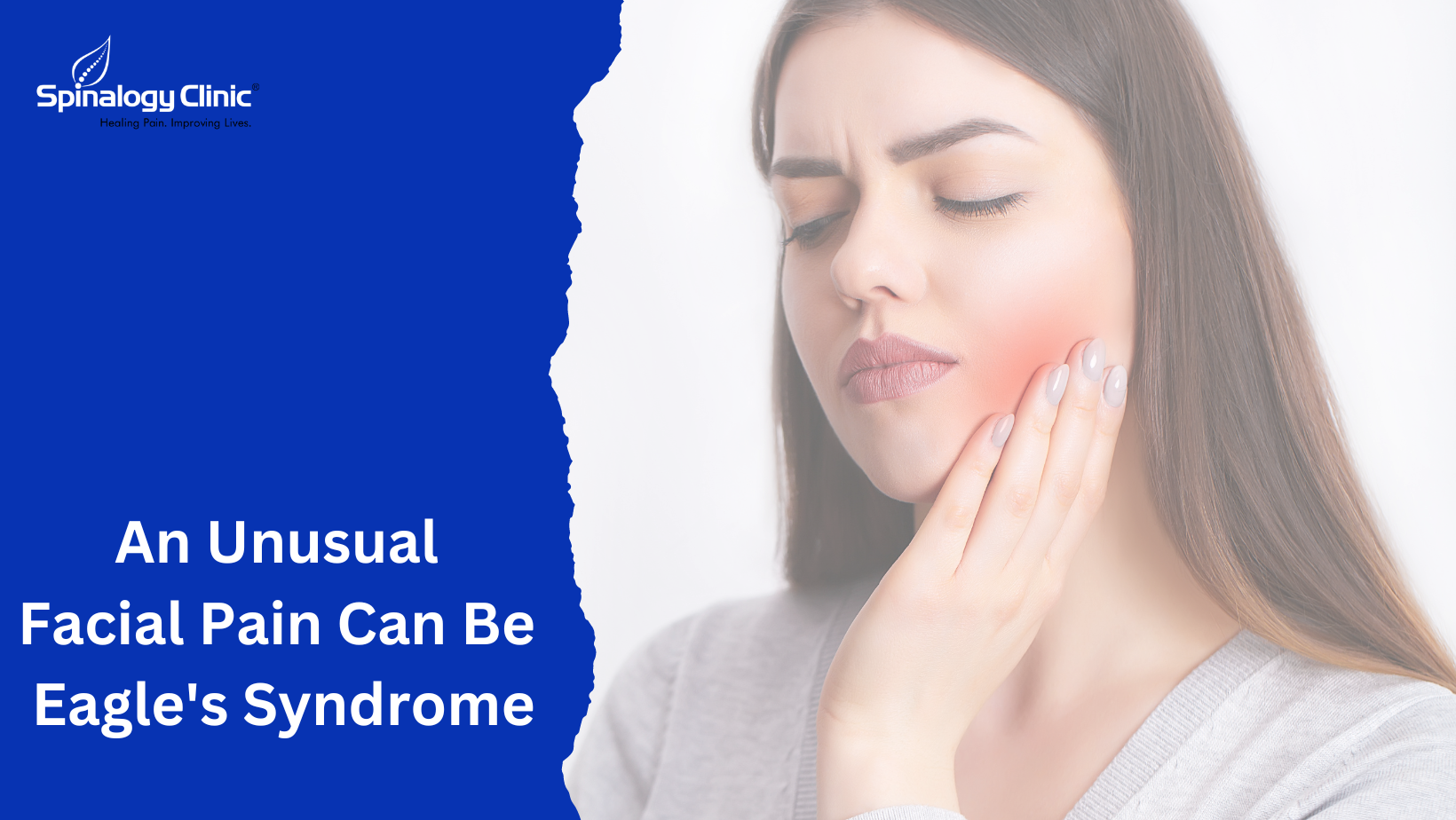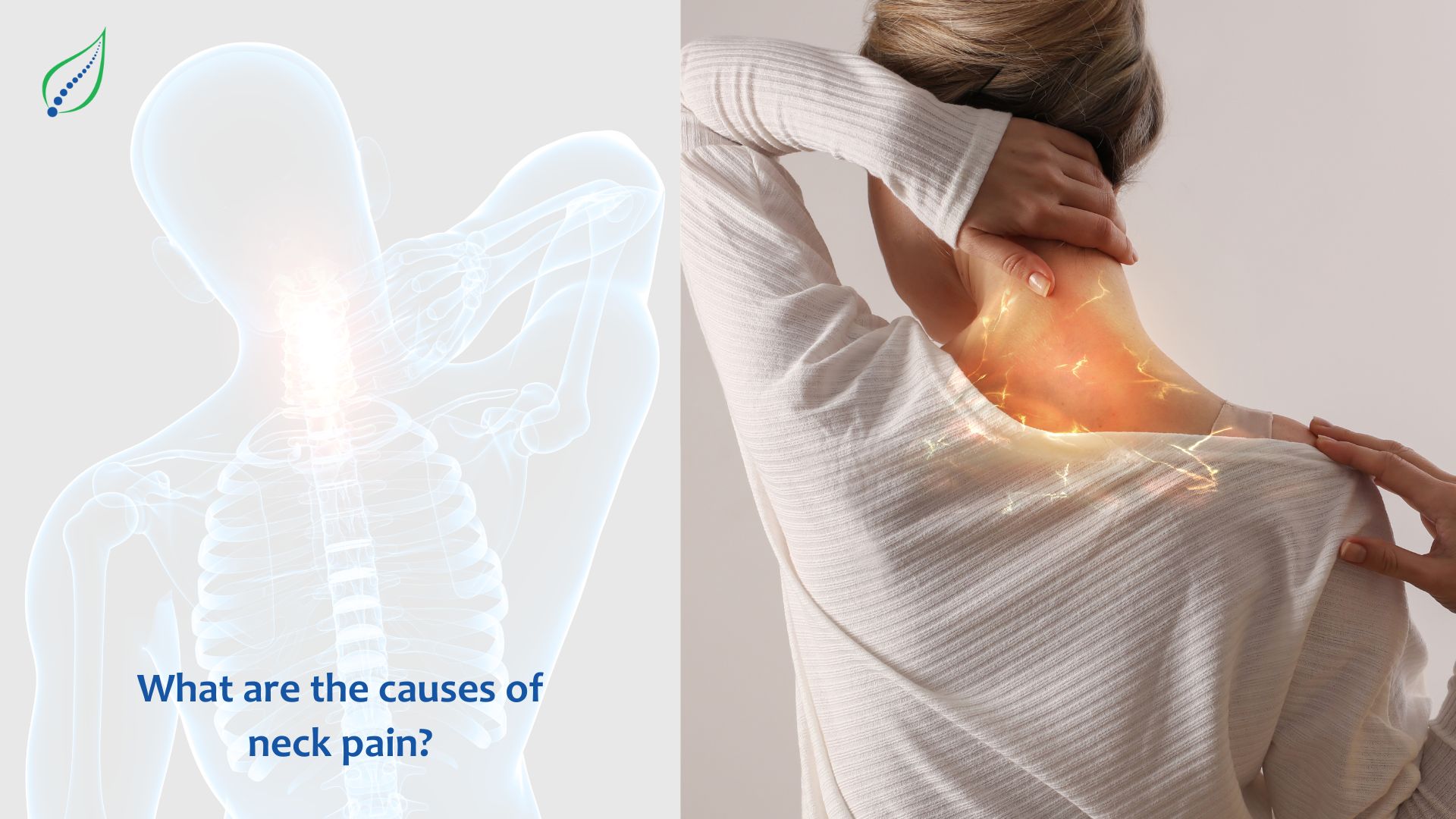Tips to Manage Cervicogenic Headache
Cervicogenic headache is secondary to issues in the neck region. They are often caused by problems with the cervical spine’s muscles, joints, or vertebrae. Cervicogenic headache can be chronic and debilitating, but many non-surgical treatment methods can provide relief.
Recognizing Cervicogenic Headache
Cervicogenic headaches typically exhibit symptoms including:
- Pain starting at the neck/base of the skull which spreads to the forehead or behind the eyes
- Restricted neck mobility or stiffness
- Pain triggered by neck movement or awkward positions
- Dull, throbbing sensation, usually on one side of the head
- Nausea or light sensitivity
- Dizziness or visual disturbances
- Tenderness of the neck muscles
These headaches may feel like severe migraines or tension headaches. But with cervicogenic headaches, the pain originates from structural problems in the neck as opposed to chemical imbalances that cause other headache types. Identifying that the source is the cervical spine is key to effective treatment.
Non-Surgical Treatment Approaches
If you are experiencing frequent headaches, neck pain, and stiffness, see your doctor for an evaluation. There are many non-invasive ways to treat cervicogenic headaches:
Lifestyle Changes
Making certain lifestyle adjustments can decrease headache frequency and intensity:
- Maintaining good posture to avoid neck strain
- Limiting activities requiring prolonged neck bending
- Taking frequent breaks when performing desk work or computer tasks
- Using correct ergonomics and workstation setup
- Avoiding carrying heavy bags on one shoulder
- Managing stress through relaxation techniques
Cervical Spine Injections
Cervical epidural and facet injections followed by multidisciplinary therapies gives excellent results in cervicogenic headaches.
Physical Therapy
Working with a physical therapist can help strengthen the neck, restore range of motion, and retrain proper mechanics through techniques such as:
- Stretches and exercises for the neck and shoulder muscles
- Joint mobilization
- Posture training
- Massage therapy to loosen tight muscles
- Heat or ice therapy for pain and stiffness
Over-the-Counter Medication
For acute headache flares, OTC options like acetaminophen or NSAIDs can temporarily alleviate pain and inflammation when taken as directed.
Home Remedies
Applying a heated rice sock or icy gel pack to the neck for 15 minutes can ease muscle tension. Massaging neck trigger points or performing simple neck stretches at home when symptoms flare up may also provide some relief.
Prevention Strategies
While not always possible to avoid cervicogenic headaches completely, some preventative strategies include:
- Using good neck support when resting - It is important to use proper neck support like a cervical pillow or rolled-up towel when resting or sleeping. This helps align the head, neck and shoulders and avoid misalignment that can trigger headaches.
- Taking frequent breaks from static tasks - Make sure to take regular short breaks when doing desk work, computer tasks, or any activities requiring prolonged static head and neck positioning. This relieves muscle tension before it builds up.
- Getting regular neck massages - Massages that target the neck and shoulder muscles can effectively release chronic muscle tightness and spasms that contribute to headaches. Aim for bi-weekly or at least monthly massages.
- Doing chin tucks and neck stretches - Simple stretches and chin tucks performed daily or a few times a week can maintain neck mobility and flexibility, preventing stiffness that can cause headaches.
- Avoiding sleeping in awkward positions - Try not to sleep with the neck twisted or bent sideways. Instead opt for back or side sleeping with a cervical pillow that keeps the neck aligned.
- Managing chronic conditions like arthritis - Properly controlling diseases like osteoarthritis through medication, activity modification, diet and other physician recommendations can prevent worsening cervical spine changes that can lead to more headaches.
Implementing these strategies proactively where possible can go a long way in preventing frequent cervicogenic headaches or reducing their severity and duration when they occur.
When to See a doctor?
Consult your physician promptly if headaches are worsening or not responding to conservative treatment. Seek emergency care for any sudden severe headache along with neurological changes like weakness, visual disturbances, or loss of coordination. This could indicate a more serious condition.
Outlook for Cervicogenic Headaches
Cervicogenic headaches can be very painful and disrupt daily life. But the good news is that the non-surgical treatments above often bring significant relief once the correct diagnosis is made. Identifying and addressing the root cause in the neck through methods like physical therapy, ergonomic corrections, medication, and lifestyle changes can help manage these headaches in the long run. With some patience and persistence, most sufferers find their headache symptoms improve.




